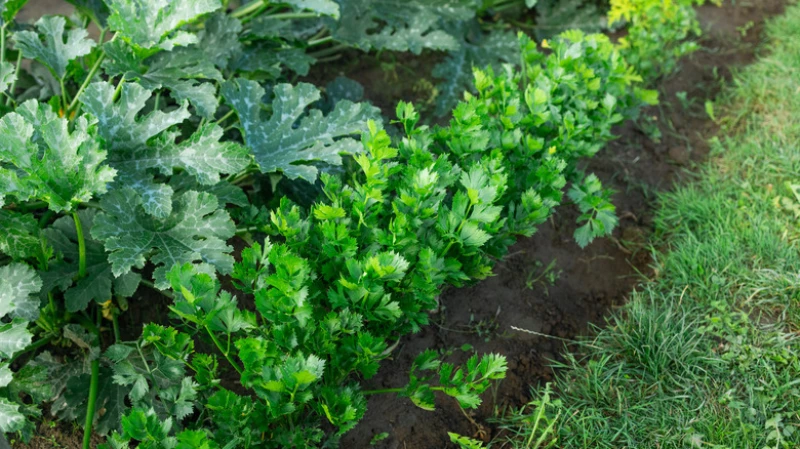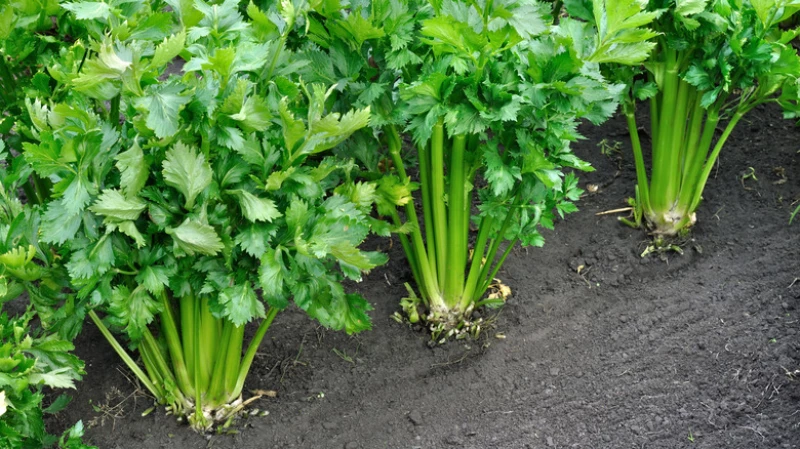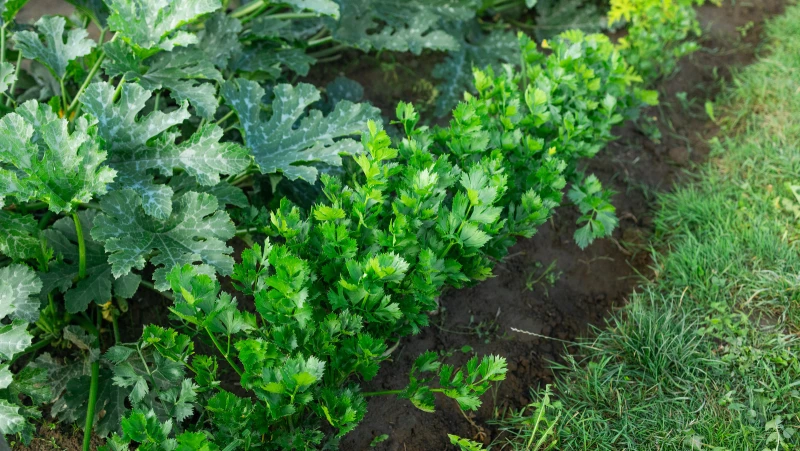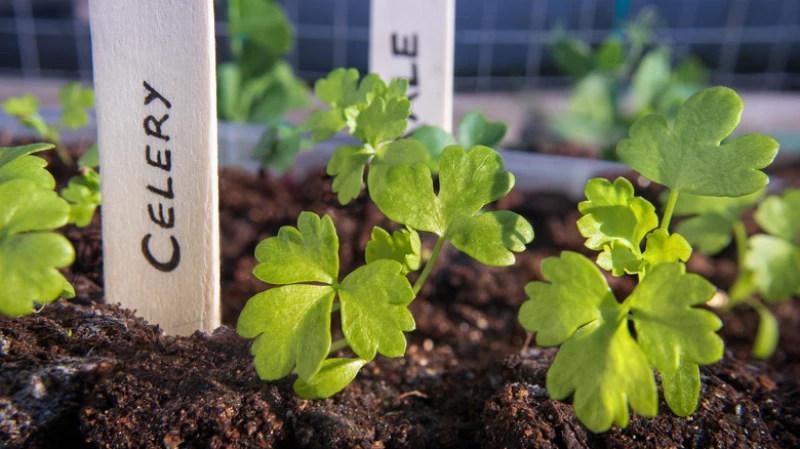Tips for Growing Celery in Your Garden

Whether you're a gardener who loves to turn your harvest into a gourmet meal or you just want to grow your own ingredient for ants on a log, celery seeds may be on your shopping list. This versatile veggie adds flavor to so many meals that it makes sense to grow it yourself. While many consider celery a necessary ingredient in a well-stocked kitchen, it is difficult to grow unless you can maintain the right environmental conditions.
The celery grown in U.S. home gardens and what you find in the supermarket is a cultivated version of wild species found throughout cool, wet regions in Europe and Asia. What was originally used for medicinal properties has been developed into the large stalks of celery that we recognize today. If you're considering growing celery in your garden, you should know that it will not be exactly like what you will find at the supermarket. Homegrown celery is more flavorful and leafier than the thick stalks available commercially. Here's how to ensure a successful and flavorful celery harvest.
Growing celery in different regions

For those willing to take on the challenges and — hopefully — rewards of growing celery, start by deciding if your local weather conditions would be best in the spring or fall. Remember, you'll need almost five months of temperate days without freezing temperatures. In northern regions, you can start seeds indoors up to 10 weeks before your last expected frost date. That will cut over two months off your outdoor growing time! Be prepared to protect your seedlings from late frost.
Looking to grow celery in your garden? Here's a helpful guide on how to transplant celery seedlings to your garden.
First, start your celery seeds indoors about 10 weeks before the average high temperatures drop below 80 degrees. This will give your seedlings a head start before transplanting them outside.
Next, make sure to have a watering plan in place to keep the soil consistently moist. Celery requires consistent moisture to thrive, so be sure to water regularly.
For those living in central regions of the U.S., growing celery can be particularly challenging due to the drastic temperature changes. However, you can try growing short-season varieties like Tango celery. While it may or may not work, experimenting in the garden is always a valuable learning experience.
Once your celery seedlings are ready to be transplanted, you'll need to harden them off. This involves gradually exposing them to outdoor conditions by placing them outside for increasing amounts of time each day. Once they can withstand being outside overnight, they are ready to be transplanted into your garden.
How to transplant celery to your garden
Now that you've got your timeframe in place for planting celery, and your seedlings are ready to move to the garden, you'll need to harden them off. This process gets them accustomed to outdoor conditions by placing them outside for an increasing amount of time each day. Once they are outside overnight, they are ready to transplant.
Prepare your soil by loosening it and adding approximately 2 inches of high-quality compost. When planting your seedlings, make sure to space them about 12 inches apart and give them a thorough watering. To maintain consistent moisture in the soil, especially during warmer weather, spread about 2 inches of mulch around and between your plants. As your celery plants grow, you may notice the stalks starting to spread out. You can either tie them together or allow them to grow naturally, as it will not impact the flavor. However, if you want to enhance the taste of your harvest, you can try blanching. Once the plants reach a height of 1 foot, wrap them with cardboard. This covering will shield them from direct sunlight, preventing bitterness and resulting in a more delicate flavor.








